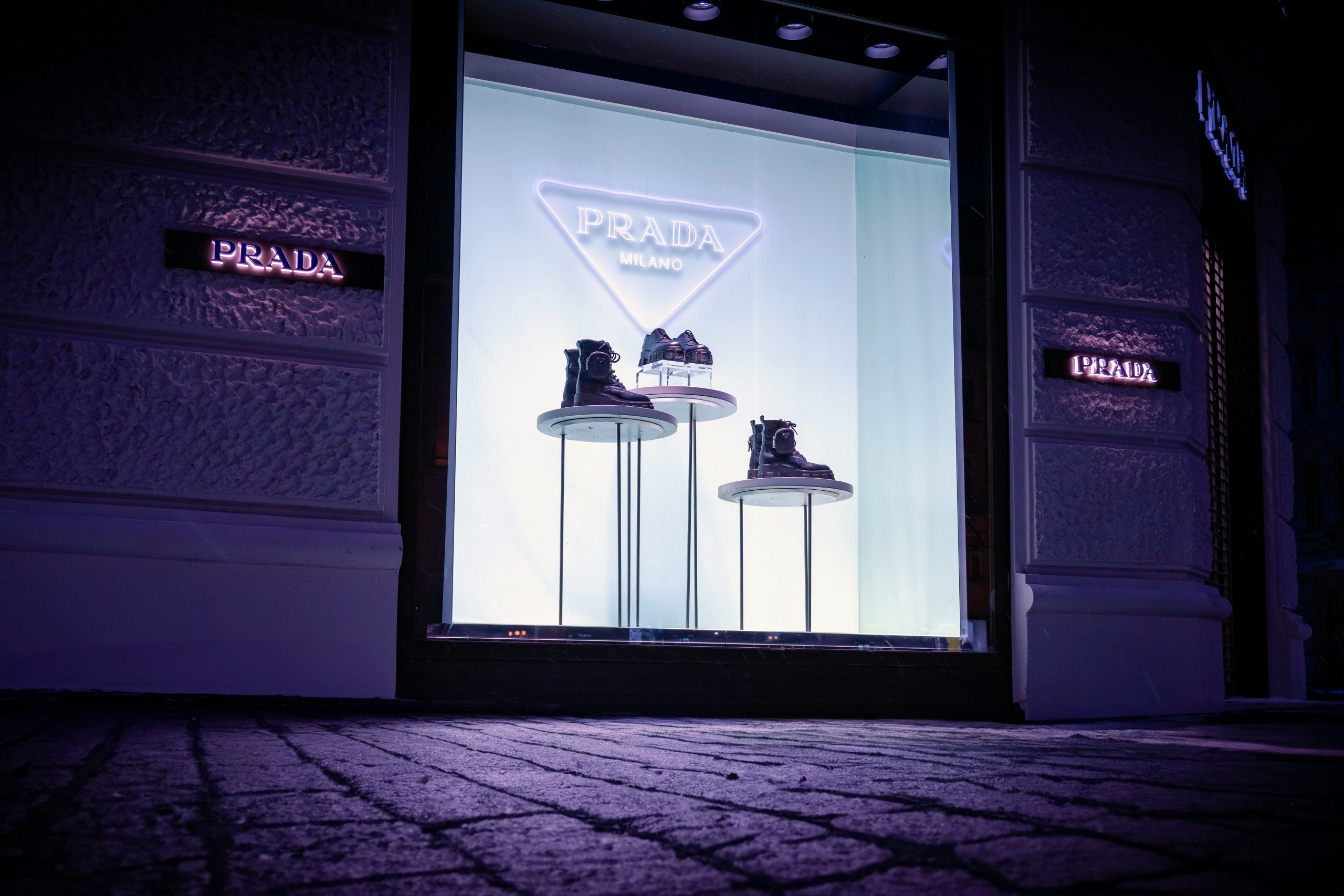Decoding luxury brand marketing
Luxury brands possess an undeniable allure, an allure that transcends rare raw materials and valuable commodities and delves into the realm of dreams and aspirations. Mention a luxury brand, and one imagines prestige, exclusivity, and social status. Yet, the marketing strategies employed by these brands defy conventional wisdom and practice, charting a course that diverges significantly from mainstream practices.
This distinct approach often stems from a preference for brand-centric advertising over performance-driven campaigns, as many in the field would suggest. Others point to the unparalleled ‘experience’ or the superior quality of these products when compared to those in the mass market. Yet, such perspectives, while valid, barely scratch the surface of the unconventional ethos underpinning luxury marketing.
Over the past two decades, insights from our experience at Lime Creative have revealed that the traditional marketing playbook is frequently set aside in this sector. Here, rules are not just bent, they are often entirely rewritten.
Marketing rules are made to be broken
Luxury marketing thrives on elevation, social stratification, and indulgence, meticulously maintaining exclusivity as its cornerstone. In this sphere, the relentless pursuit of current trends on social media or quick reactions to market shifts are deliberately avoided in favour of sustaining time-honoured brand values and legacy.
Typically luxury brands have all or some of these traits:
- Craftsmanship – Each item is a testament to artisanal skill, not merely a product of mass production. Even with technological advancements in manufacturing, the human touch remains a crucial element in the production process.
- Personalised service – The ‘hospitality’ and service side of the brand landscape in luxury marketing is intensely personal. From a heartfelt greeting in a boutique to the intimate experience of a customised purchase. These interactions are designed to strengthen bonds between the brand and its clientele, transforming routine transactions into memorable, bespoke experiences.
- Hedonistic appeal over utilitarian function – Luxury brands cater to the desire for pleasure and prestige rather than mere utility, ensuring that every interaction enhances the client’s esteem and satisfaction. Ensuring there are no faults, issues and friction with the product to get to this experience.
- Timelessness – Unlike the ephemeral nature of trends, luxury brands aspire to timeless appeal, shaping perceptions without yielding to them. Regardless of season, they want to be top of mind.
- Emotional and social connection – Luxury brands provide avenues for clients to express and fulfil emotional desires linked to status and identity, focusing on evoking dreams rather than envy.
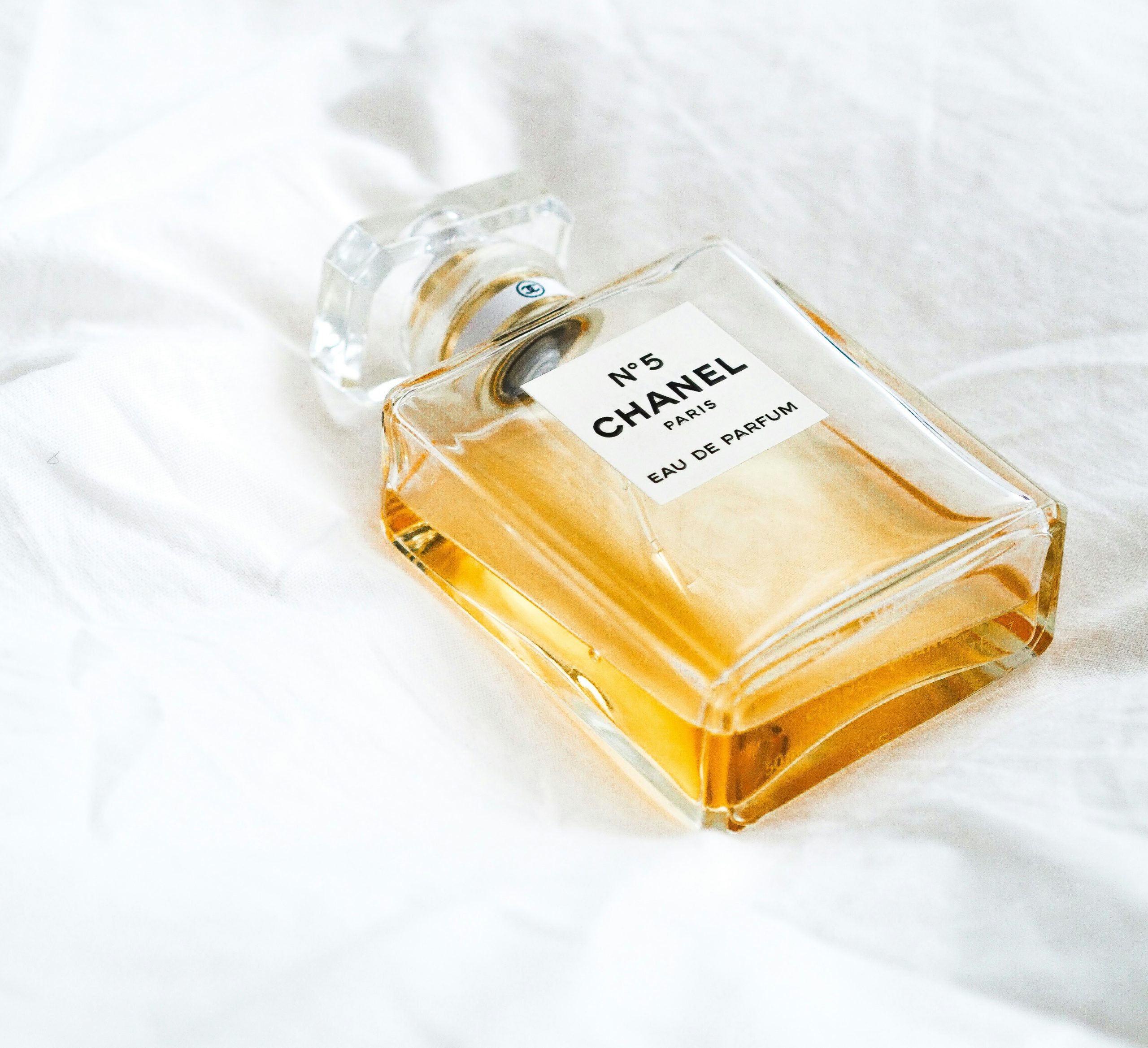
Reframe your thinking
To conquer luxury marketing, it’s important to not only look at rules but ultimately how luxury brands position and interact within the business landscape. For the majority of brands, advertising today is an investment for an immediate return. Think bottom line sales, bookings or leads for tomorrow morning, or profit on every dollar spent in that second.
While important, it leads to a lot of churn within a short space of time and in some cases unwanted brand advocates or clients. This approach holds little thought to the future with how brands tap into dream building and long term brand participation.
Luxury can afford to take its time. Typically associated with lengthy buying cycles, there are long lead times for products that are made to order. This friction is an obstacle for acquisition and is deliberate, it purposefully creates anticipation, refines the client’s tastes, and much of the time, increases the effort in acquiring the product. Delay, friction, effort: these are issues every other business sector seeks to solve, luxury revels in them.
At the heart of luxury brands lies the art of dream-building. Unlike other brands that focus on positioning, luxury is incomparable. Ever heard the phrase “Luxury is superlative, never comparative”?
Luxury brands promote the esteem of the product, not the price. Esteem has more to do with the mythology surrounding the product rather than its features and functional capabilities. Functionally, a luxury handbag does exactly what every other handbag does, but a Louis Vuitton handbag isn’t like any other handbag in the world… it’s so much more.
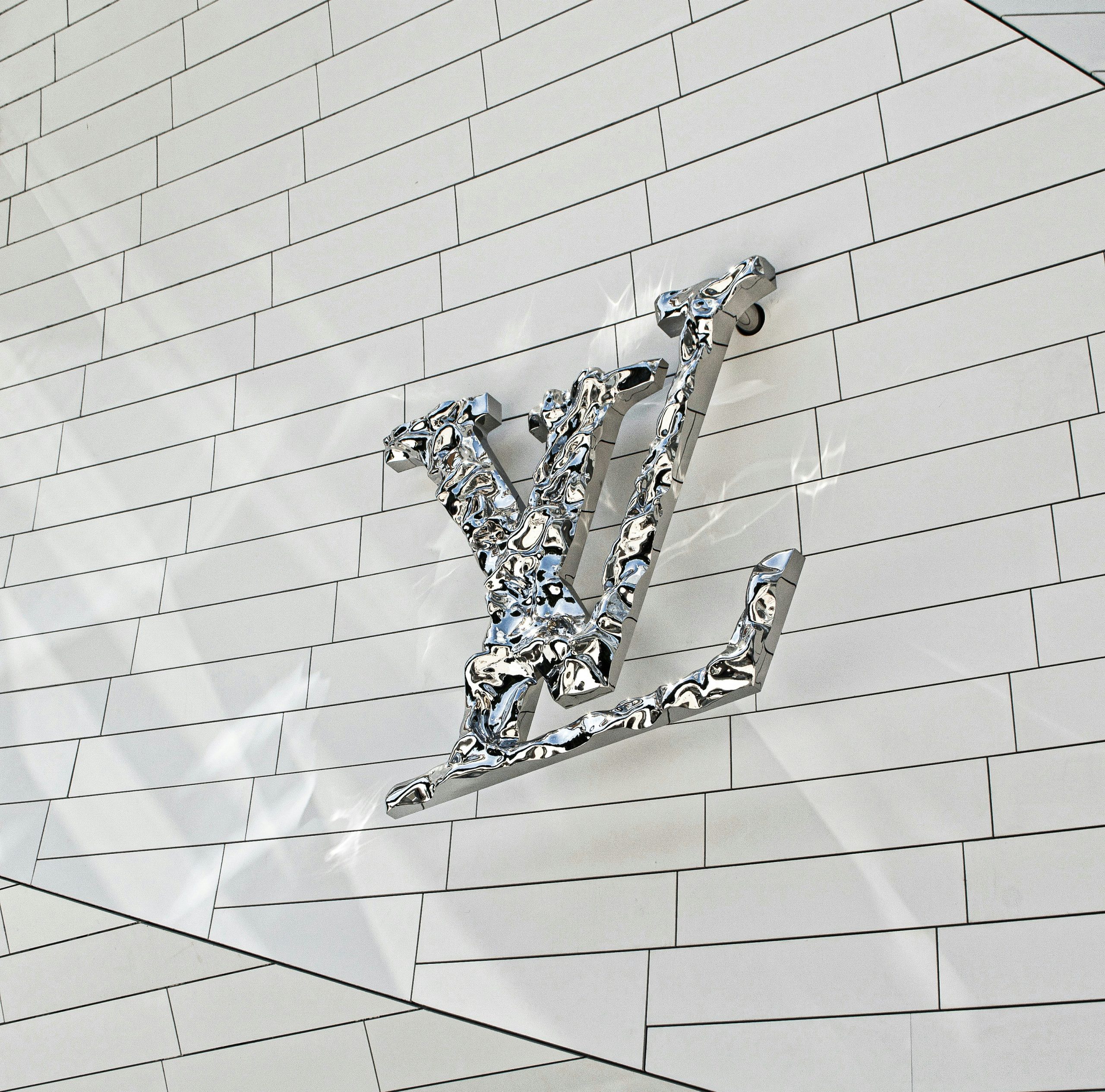
Business Model
In luxury marketing the interaction between the brand and the client, whether online or instore, is critical. The idea of the brand being sold on or talked about by people who are not part of their brand universe is unthinkable.
It’s always easy for marketers to fall done the trap of creating “new” – changing the old guard. What was before must ultimately change. Yes, while new customers will always come through the door and products evolve over time, they must remain faithful custodians of their brand heritage and image.
It’s all too common for new management to prove its talent and worth by simply rejecting the past and branching out in its own direction, which can be ultimately lethal to a luxury brand. It’s why we sometimes see luxury brands being slow to react to consumer trends.
A prime example of this is of restaurants that have lasted generations without changing the decor, menu or appeal. It’s the consistency, product quality and uniqueness that attracts clients to the brand and offering.
The other interesting aspect towards luxury marketing is that luxury brands lead the market; they don’t follow it. They set themselves apart by not looking for consensus, not testing, and not looking after group mind synergies.
They do not respond to rising demand. They carefully plan around their next 5, 10 and even 20 year plan and ensure those business decisions are in line with their values and what they want to achieve. Rolex doesn’t produce more watches just because demand suddenly spikes, they ride the wave in good times and build upon brand success. All while understanding business cycles and planning accordingly to ensure they never fully meet the anticipated demand.
Mass market products have a different approach, typically being out of stock makes customers unhappy, and even irritates them due to the speed that is required to satisfy their requests.
Customers ultimately think that just because they see a video on TikTok, click, and have 24 hour delivery at the cheapest price possible, that everything is accessible. People feel they have a “right” to have certain things whenever they want them, and failure to produce them on demand is an offence to their sense of entitlement.
Ownership of a luxury product is a privilege, not a right. The customer understands the product is rare and must be prepared to wait. Have you ever bought a luxury yacht off the shelf, ready to set sail right that second, no, we don’t think so. The whole cycle is reversed and requires understanding of the craftsmanship, quality and service associated with the product. All in order to provide satisfaction to the end client, with customisation and specific features that makes their product one-of-one.
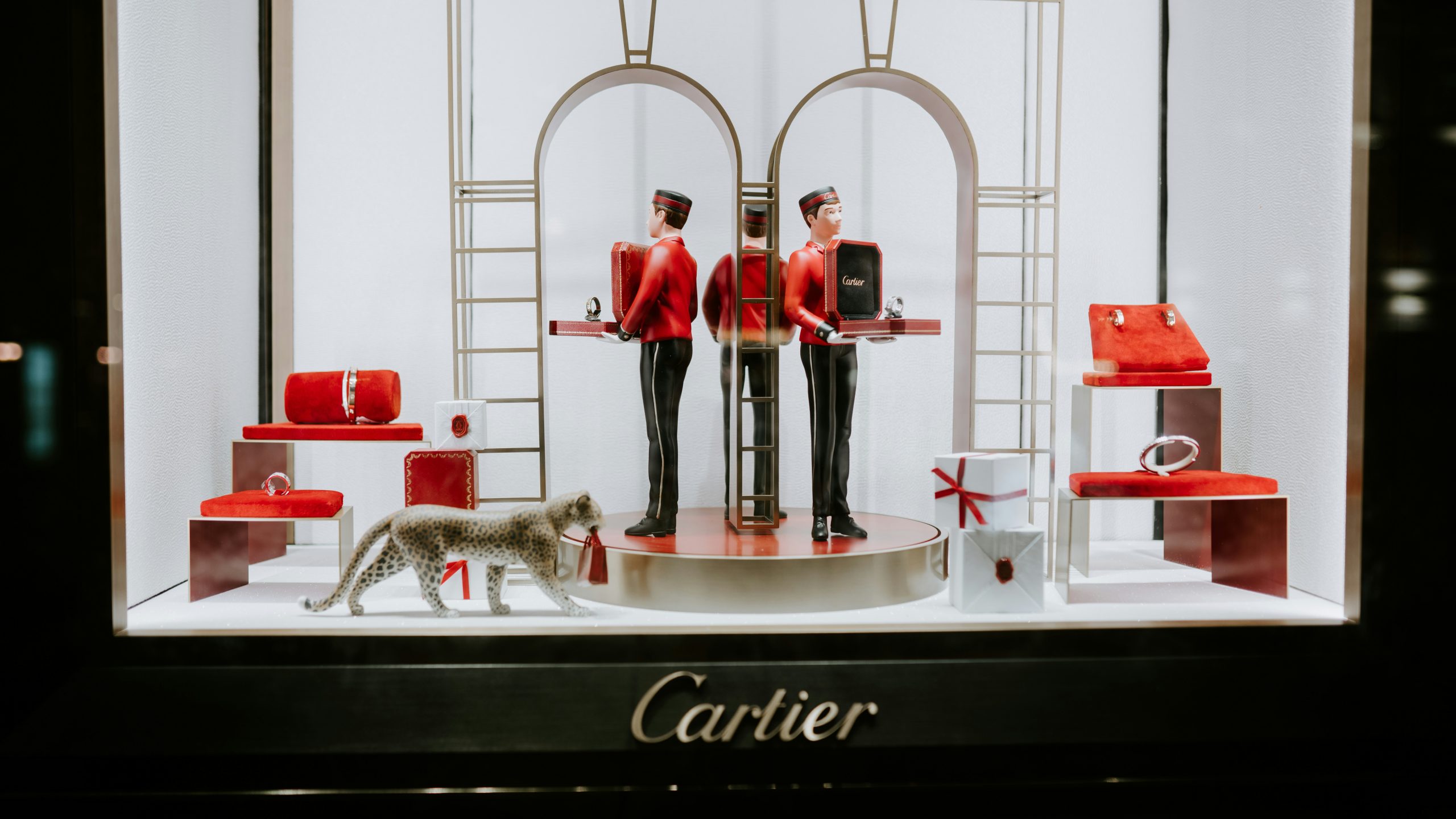
Culturally Driven
Culture is an integral part of the brand – it acts as the purpose and reasoning for the actions and directions for the company. It establishes where they have come from, where they are heading and why they connect to you.
A luxury product comes along with a small fragment of its native soil. By remaining faithful to its origins, the luxury product offers an anchor point in a world of cultural drift, trivialisation and deracination.
Heritage, unique know-how and culture is attached to the brand through either the production or the buying experience. The products become permanent for the brand, typically lasting decades with only the packaging or formula being reinvented or expanded from the original idea.
Heritage as a Brand Cornerstone
Many luxury brands are synonymous with their regions of origin, which often provide a narrative of craftsmanship and tradition. Italian luxury brands such as Gucci and Prada celebrate the fine Italian craftsmanship, fashion history connection, and an aesthetic that appeals globally. Their products are not just seen as items of personal luxury but as cultural artefacts that carry the essence of Italian style and craftsmanship.
Artisanal Influence
The emphasis on artisanal techniques is a significant aspect of how luxury brands communicate their cultural roots. These techniques, passed down through generations, are not merely manufacturing processes but are considered art forms. For example, the intricate stitching and leatherwork in Hermès products or the precision cutting in Baccarat crystal are celebrated as unique skills imbued with cultural history and significance. Or the material quality and craftsmanship that goes into a Gaggenau oven, showcasing the artisan craft they have been perfecting over 300 years, driving the performance and quality of the product.
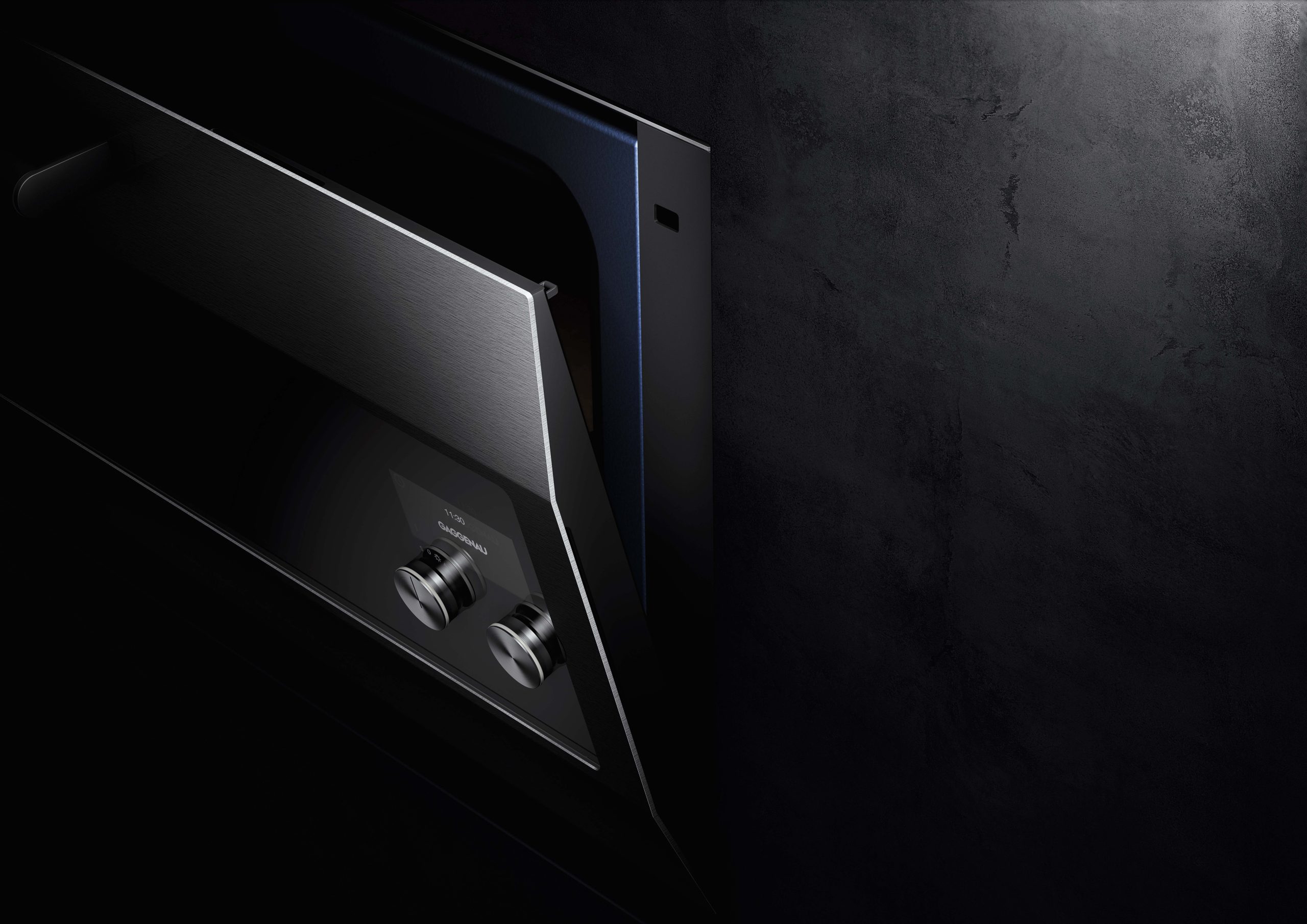
Cultural Storytelling
Luxury brands often use storytelling to highlight their unique cultural aspects. This might include tales of the brand’s founding, the evolution of its artisanship, or stories about the iconic figures who have used or endorsed the brand. Such narratives are effective because they not only illustrate the brand’s rich history but also humanise the brand, making it more relatable and desirable to consumers who seek products with a story and want to be associated with cultural icons from the past.
When marketers are considering culture as part of their brand messaging, it’s important the client has the know-how to appreciate the product, wear it, and consume it, to truly connect and understand the brand.
Tone of Voice
One of the vital points of any brand is how they sound and the tone of voice it evokes when speaking to customers. This is the well-educated language of exclusivity, wealth and prestige.
From sophisticated language choices to refined and intricate brand messaging, this is all in order to compel a certain feeling and emotion to the client. Defining a luxury tone of voice can be a complex process to go through, ensuring that it takes into account the brand’s values while specifically talking to a specific target audience.
Crafting a genuine tone of voice for a luxury brand involves more than just conveying exclusivity or an upscale image or ‘posh’.
Luxury speaks in terms of ‘investment’ not purchase, ‘bespoke’ rather than custom, ‘curated’ as opposed to selected and ‘clients’ never customers.
This approach not only enriches the customer experience but also deepens the brand’s allure, making every communication a reinforcement of its luxurious pedigree.
In summary
Fundamentally, luxury brands do not follow the market, they lead it. Setting their own standards and operating on timelines that respect and enhance the heritage and craftsmanship of their products and services. This long-term approach is evident in their strategic planning and the exclusive, often bespoke nature of their products, ensuring that clients feel they are part of a select group who truly appreciate the finer things in life.
Brands in this sector, from Rolls-Royce and Chanel to AMAN and Louis Vuitton, don’t merely advertise products, they weave a narrative that ties their heritage and artisanal craftsmanship to the identity of their client. Luxury brand marketing transcends traditional approaches by cultivating a world of exclusivity, heritage, and aspiration rather than merely focusing on sales tactics. This marketing strategy involves a deeply personal touch, where services and products are presented as part of a grander lifestyle and cultural legacy.
Luxury marketing is about creating an immersive experience that enhances the client’s status, builds long-term relationships, and evokes a sense of belonging to an exclusive community. It emphasises that buying luxury is an investment, not just a purchase, and this distinction is communicated through a meticulously crafted tone of voice that speaks of understated elegance and discreet luxury.
Photo Credits:
- Prada: Nils Schirmer
- Chanel: Laura Chouette
- LV: Clarisse Croset
- Cartier: Arseny Togulev
- Gaggenau
